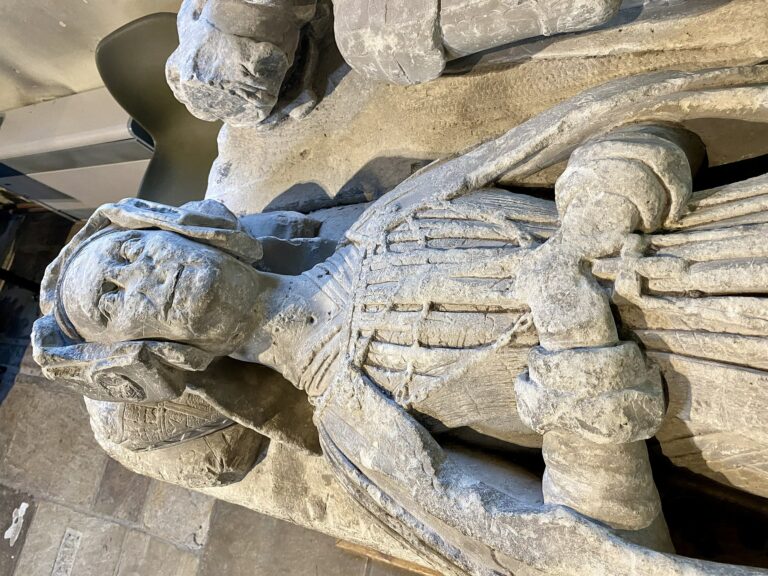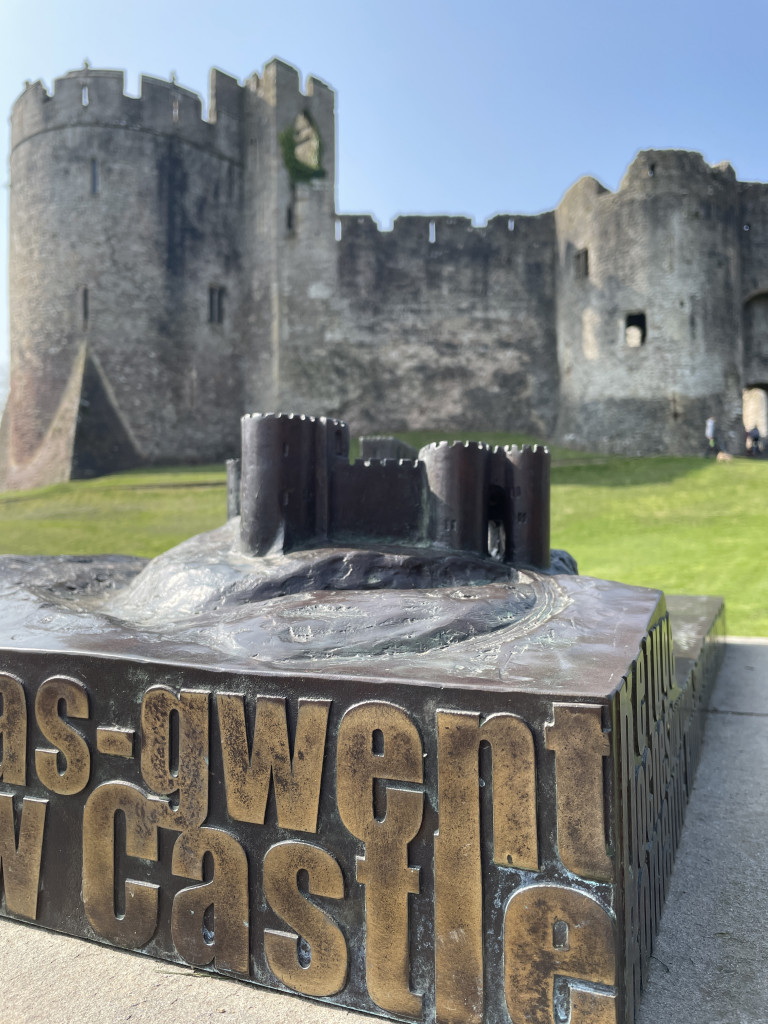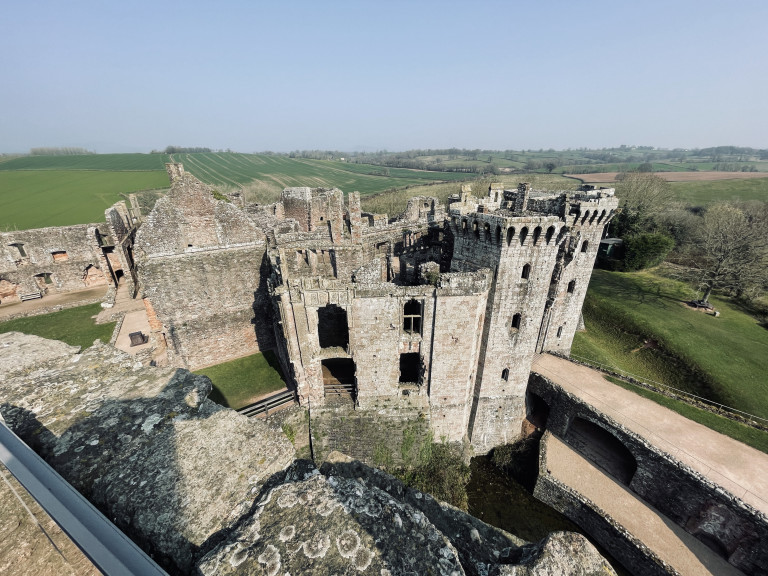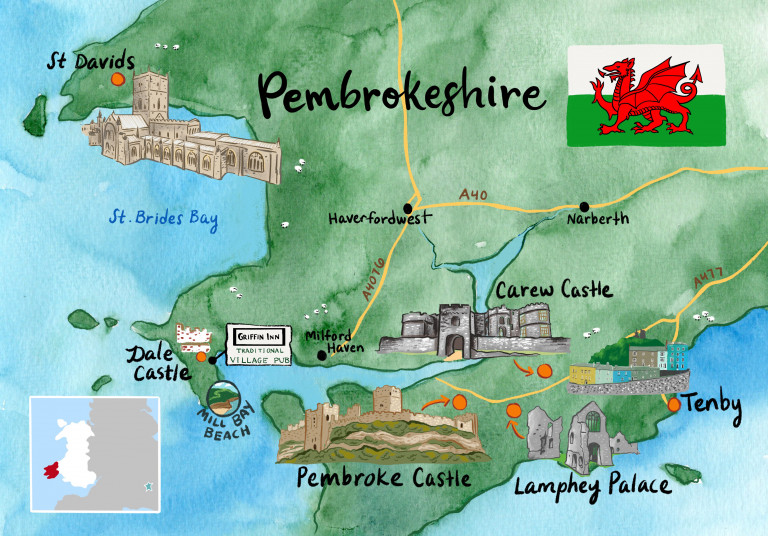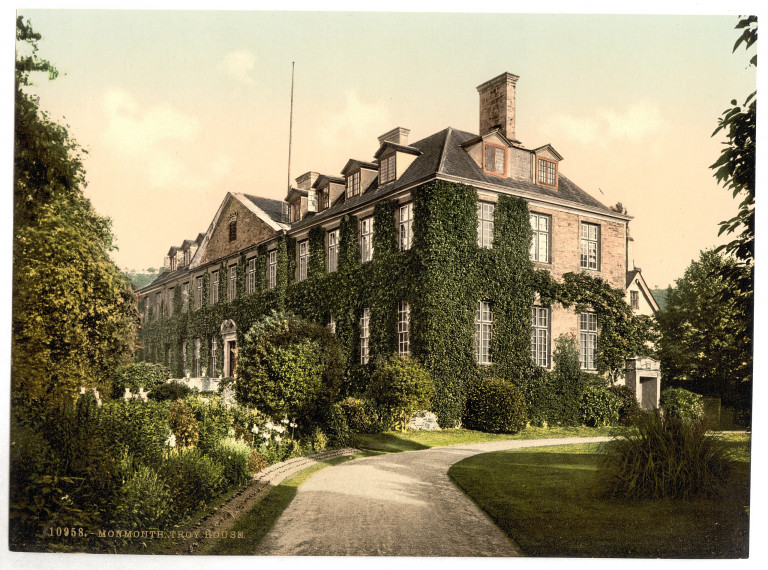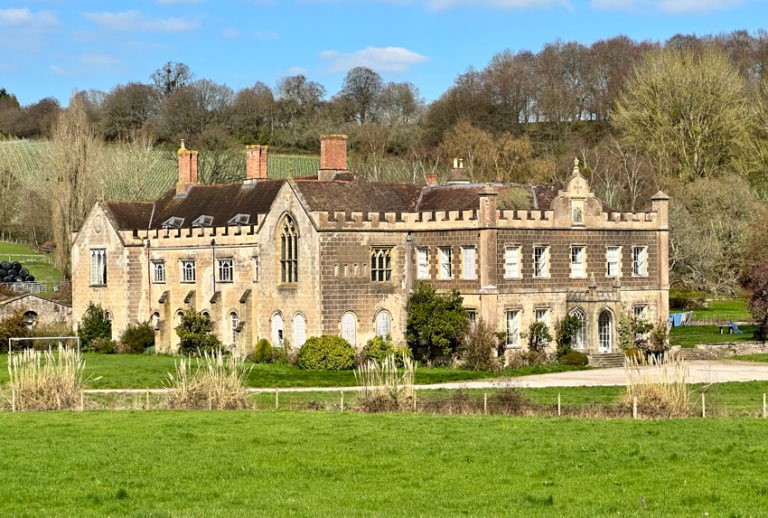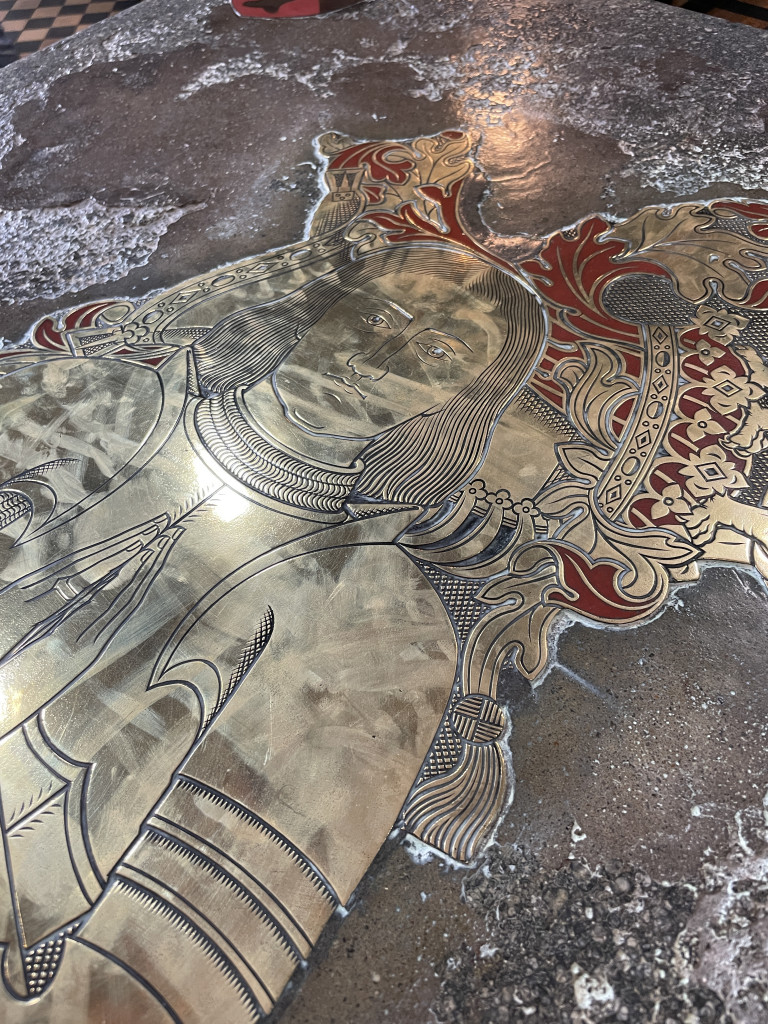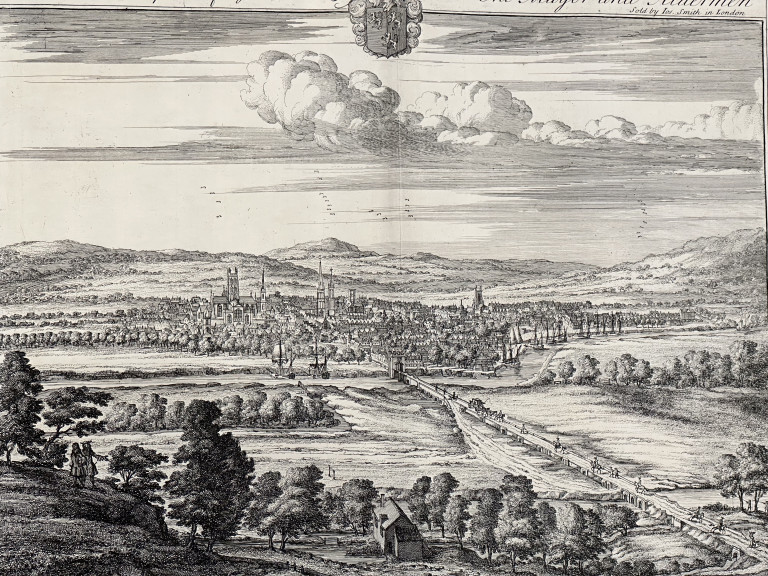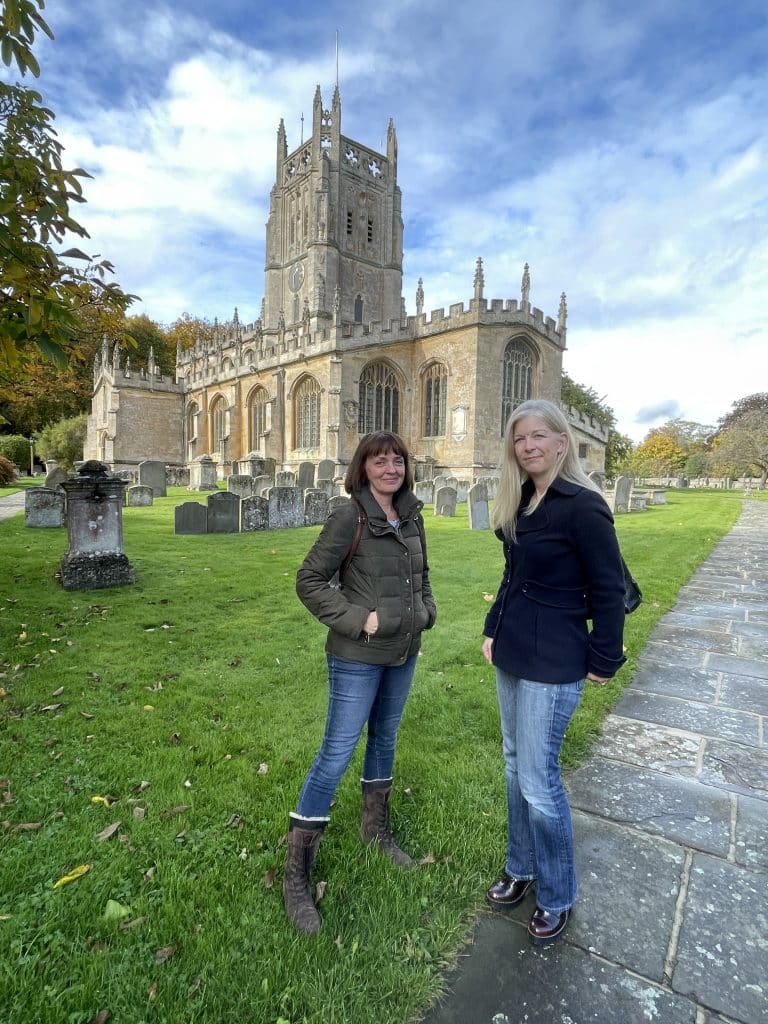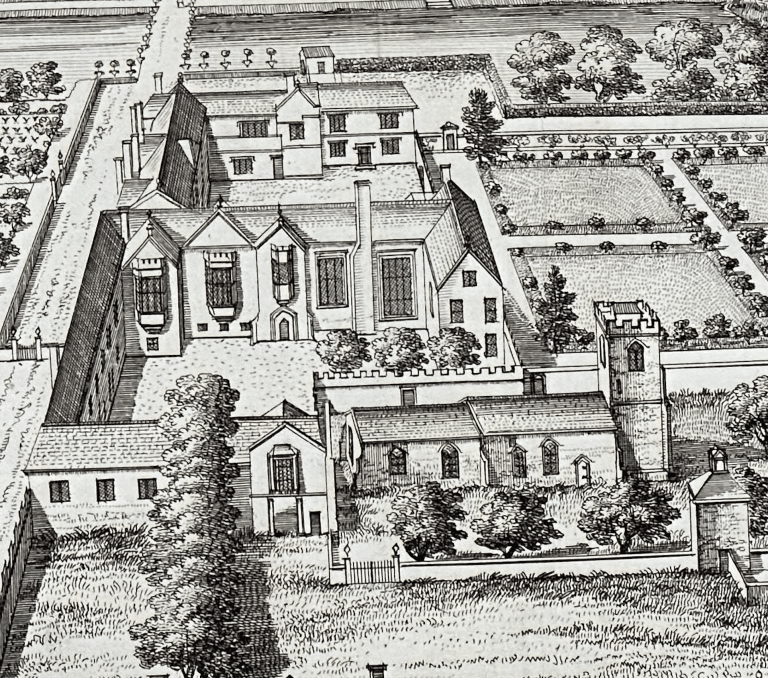The 1502 Progress: Woolaston, Gloucestershire
On 28 August, the Queen’s Chamber Books for Elizabeth of York records, ‘Itm the same day to the mariners that conveyed the Quenes grace over the Severn besides Chepstowe’. The temptation is to immediately conclude that a ferry conducted the King and Queen across the River Severn into England at the point where the current bridge spans the river, close to the foot of Chepstow Castle, where the royal couple had been lodged. While this might be true, further close inspection of a later entry in the Chamber Book (dated 27 September) clarifies that the Queen moved from Chepstow to ‘Walstone’ before arriving at the next stop: Berkeley Castle.
This entry is a retrospective payment made to ‘Robert Alyn for his costes prepayring logging for the Quene from Ragland to Chepstowe by the space of twoo dayes, from Chepstowe to Walstone, ij dayes, from Walstone to Berkeley, ij dayes.’…
To read the entire article, join the membership by clicking the red button in the top right hand corner of this page.

